Answered step by step
Verified Expert Solution
Question
1 Approved Answer
We will practicing writing code that interacts with tree structures. This includes binary trees, binary search trees, and other types of trees. The exercises will
We will practicing writing code that interacts with tree structures. This includes binary trees, binary search trees, and other types of trees. The exercises will give you more experience working with reference-based structures.
Course:
- Implement a binary search tree data structure and its recursive operations.
Module:
- To write recursive methods that add to, remove from, or iterate over a tree structure.
- Learning how to iterate over the Nodes in a linked list.
- To write informal tests to verify code that is written.
Getting Started
- TreeOperations - Each of the problems you will be solving are included in this file. You will need to read the documentation for the methods to understand how they should work.
- There are three node classes for different exercises:
- Node - A tree node that stores integer values.
- StringNode - A tree node that stores strings.
- DictionaryNode - A tree node storing word/definition pairs that you might find in a dictionary.
- ProgramTests - This class has a main() method to run tests that verify that your methods from TreeOperations are working correctly. There are also individual methods to test each problem.
- TreeHelpers - This file contains a group of useful methods for creating binary trees in different ways.
The Packages and the Classes:
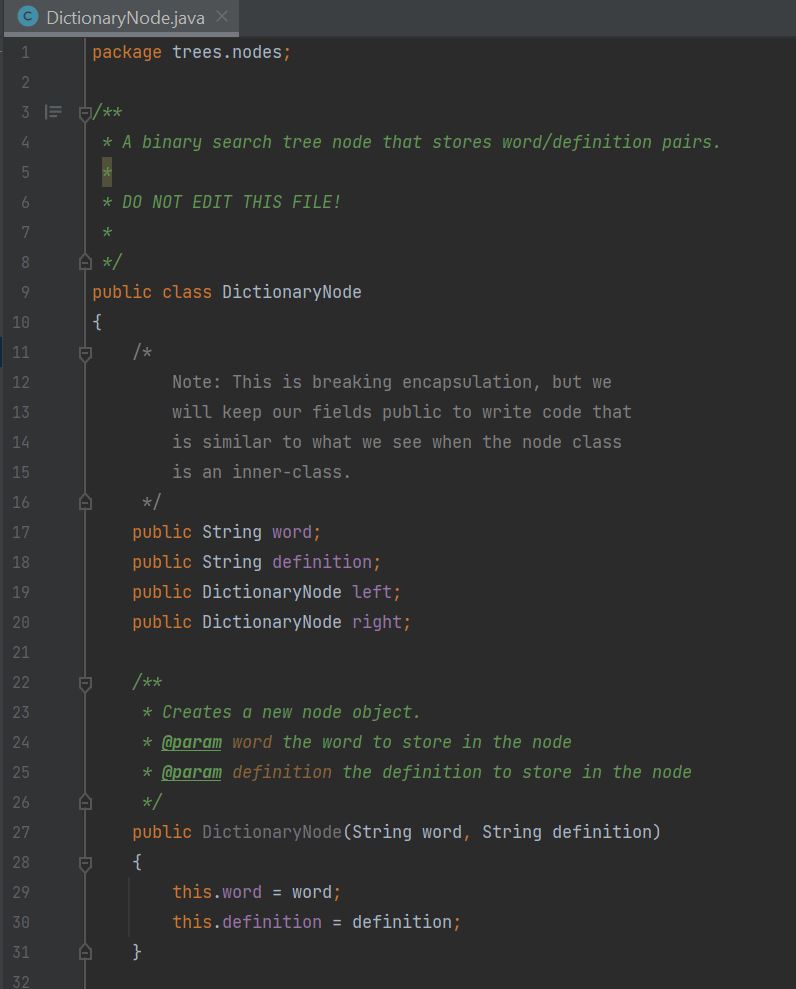
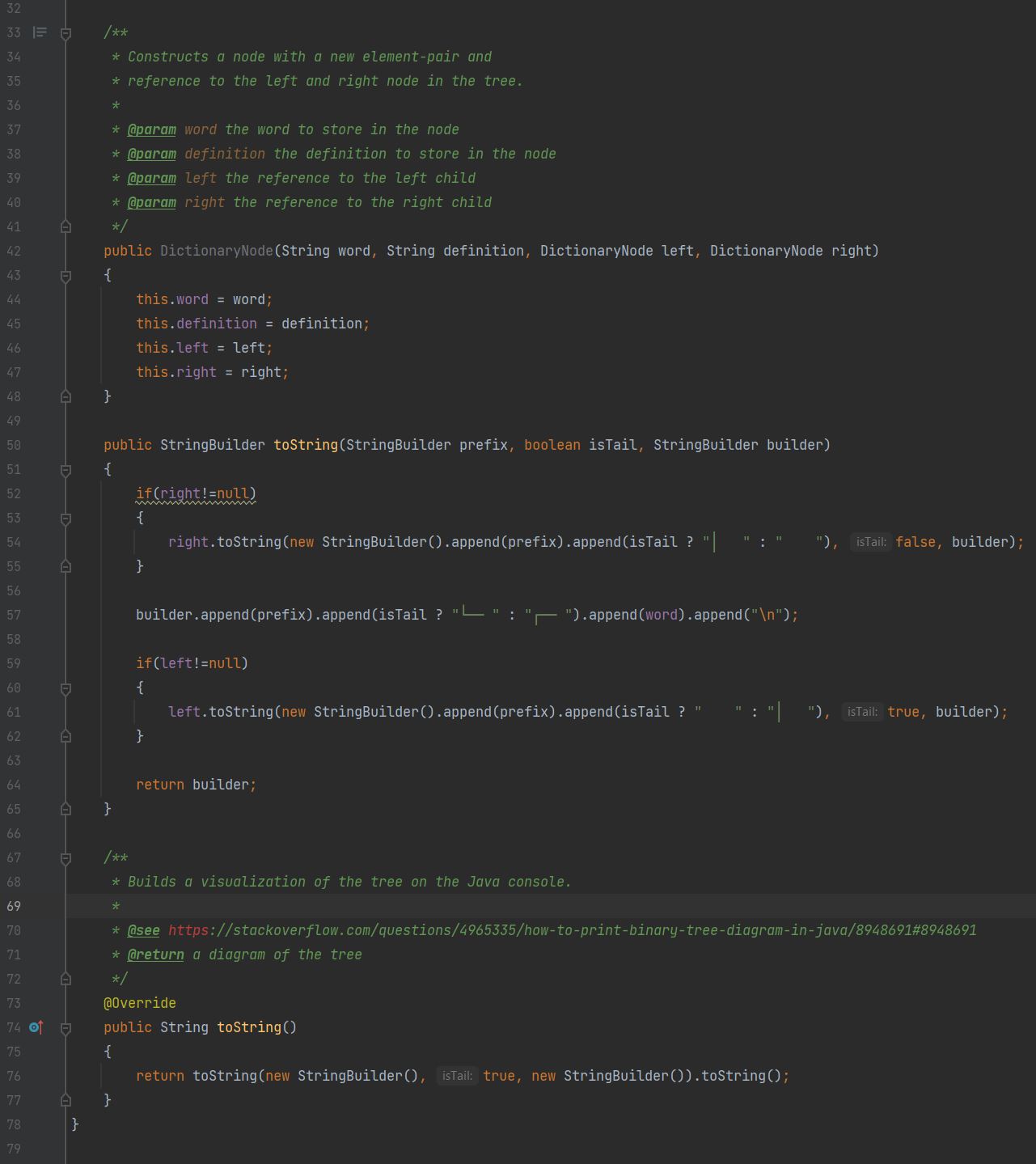
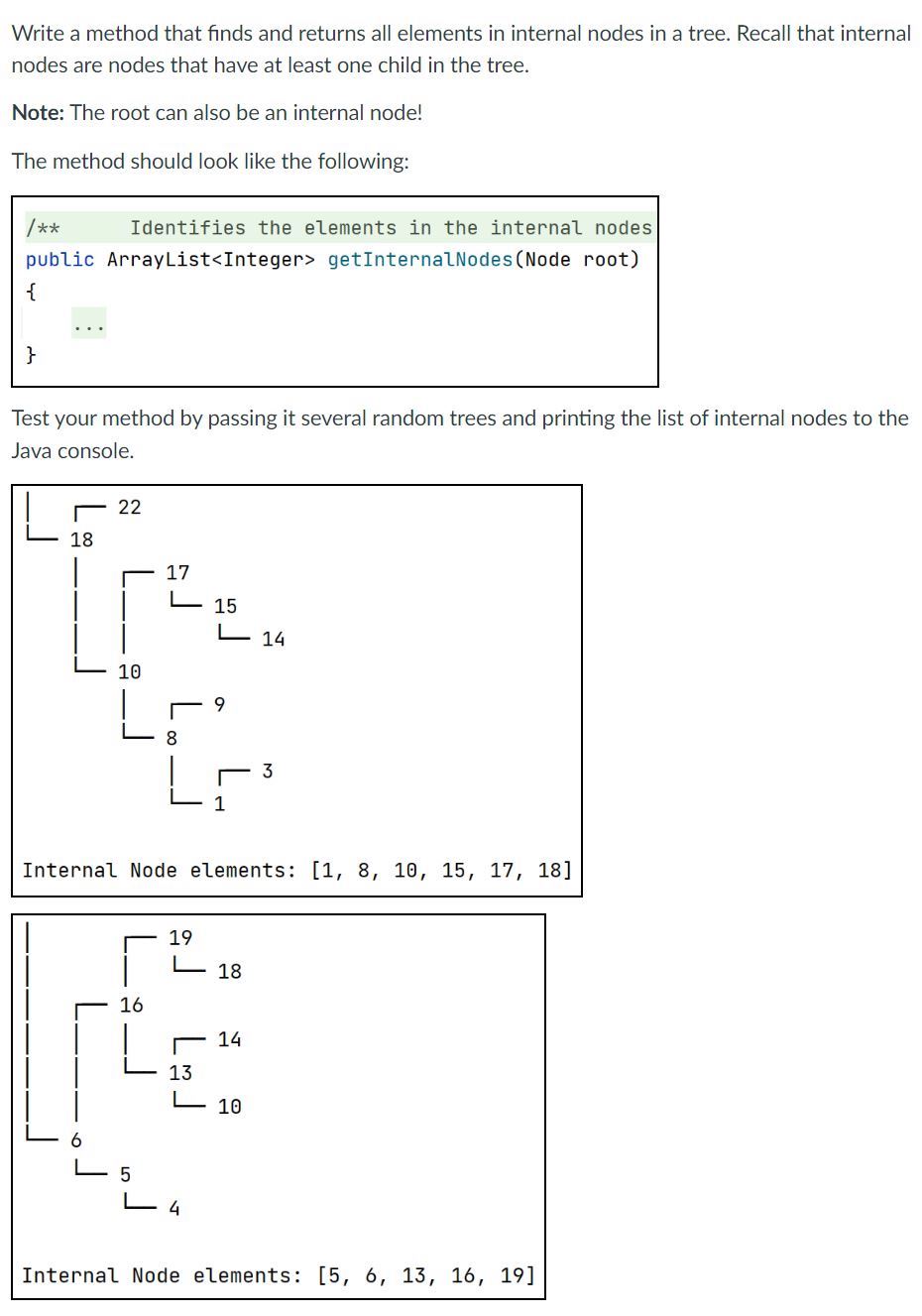
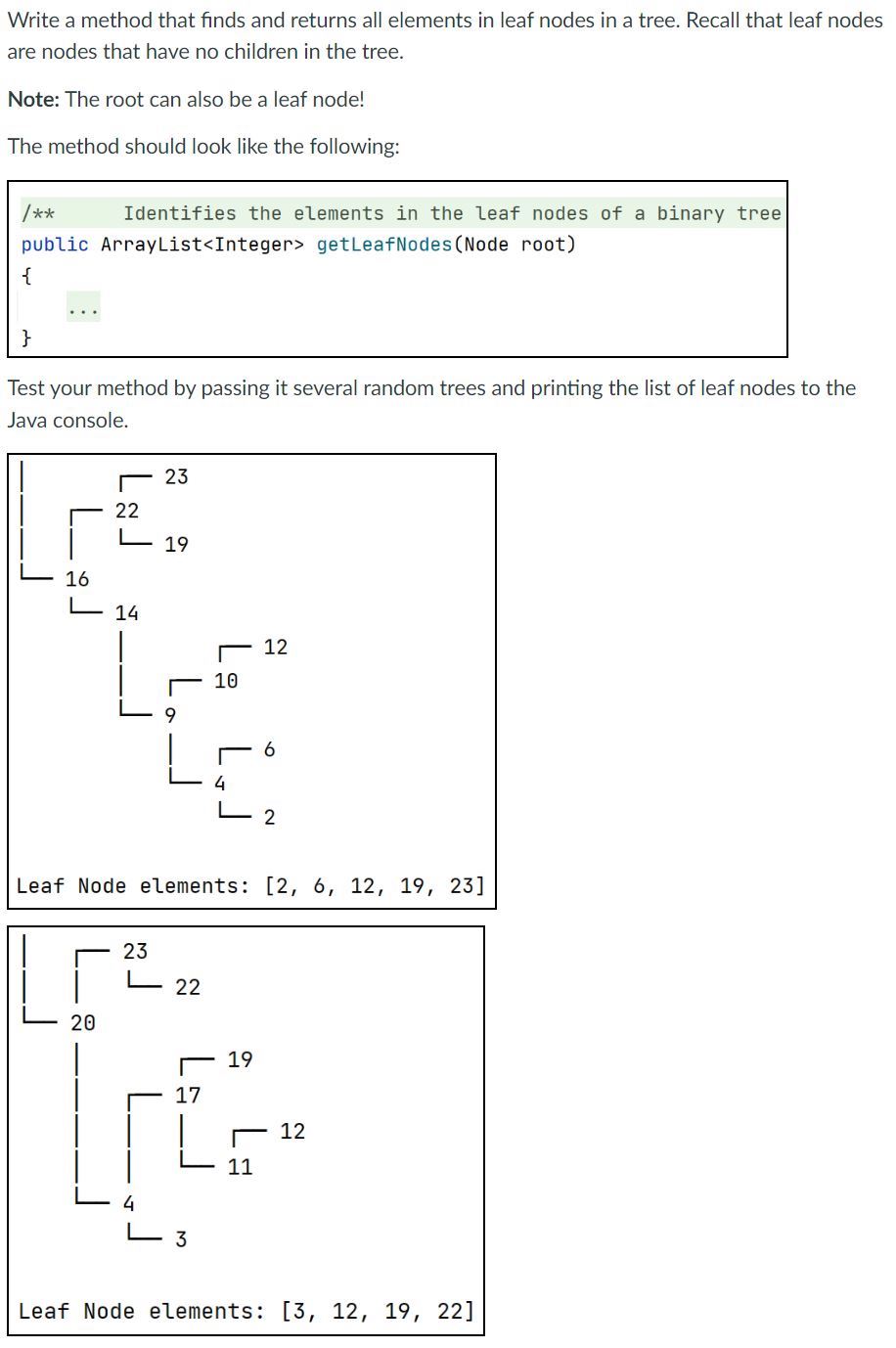
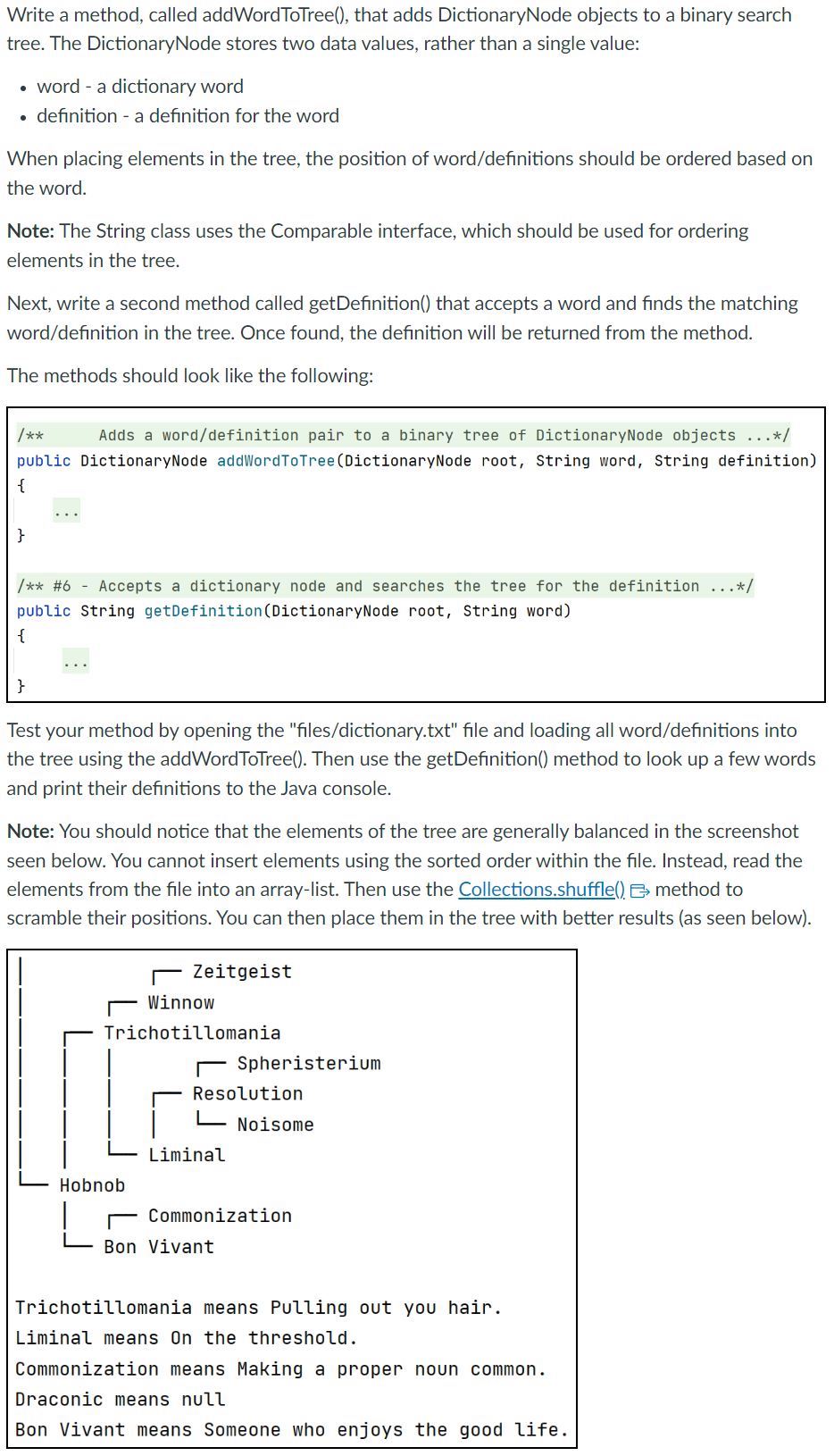
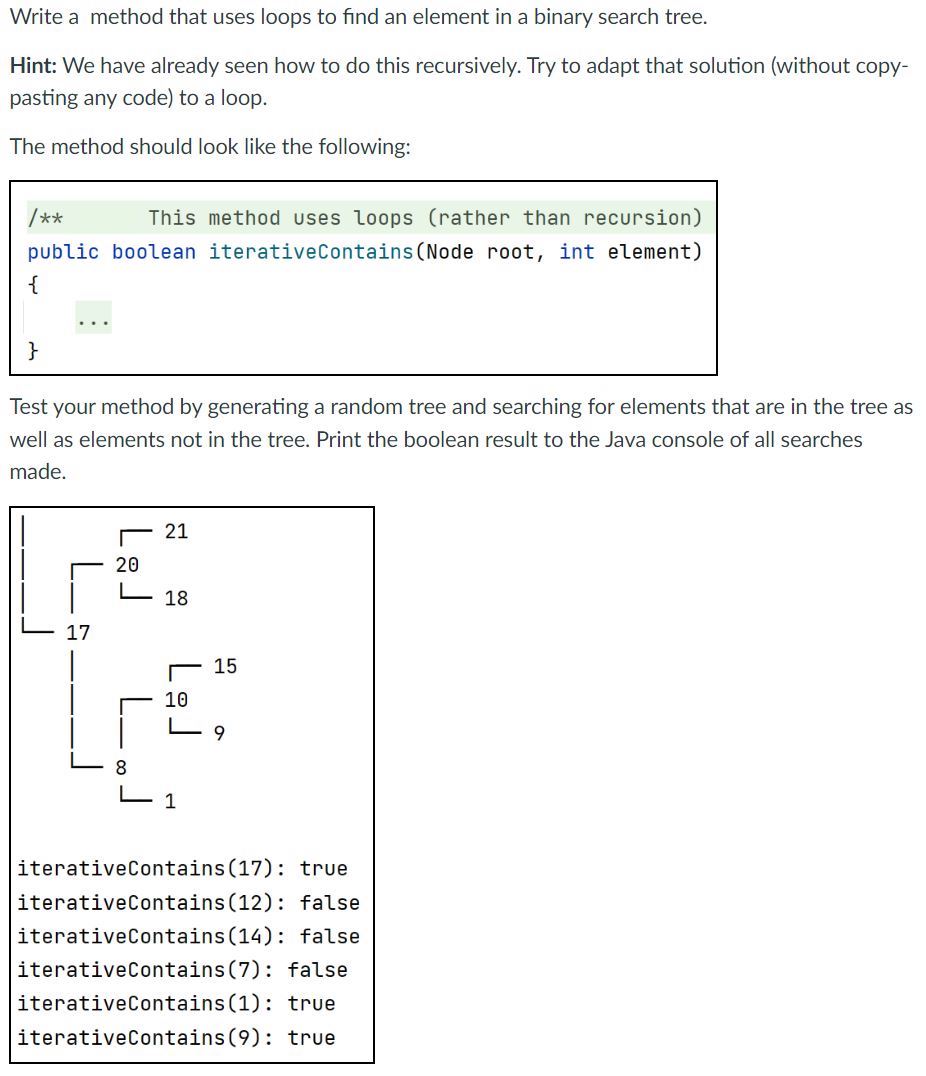
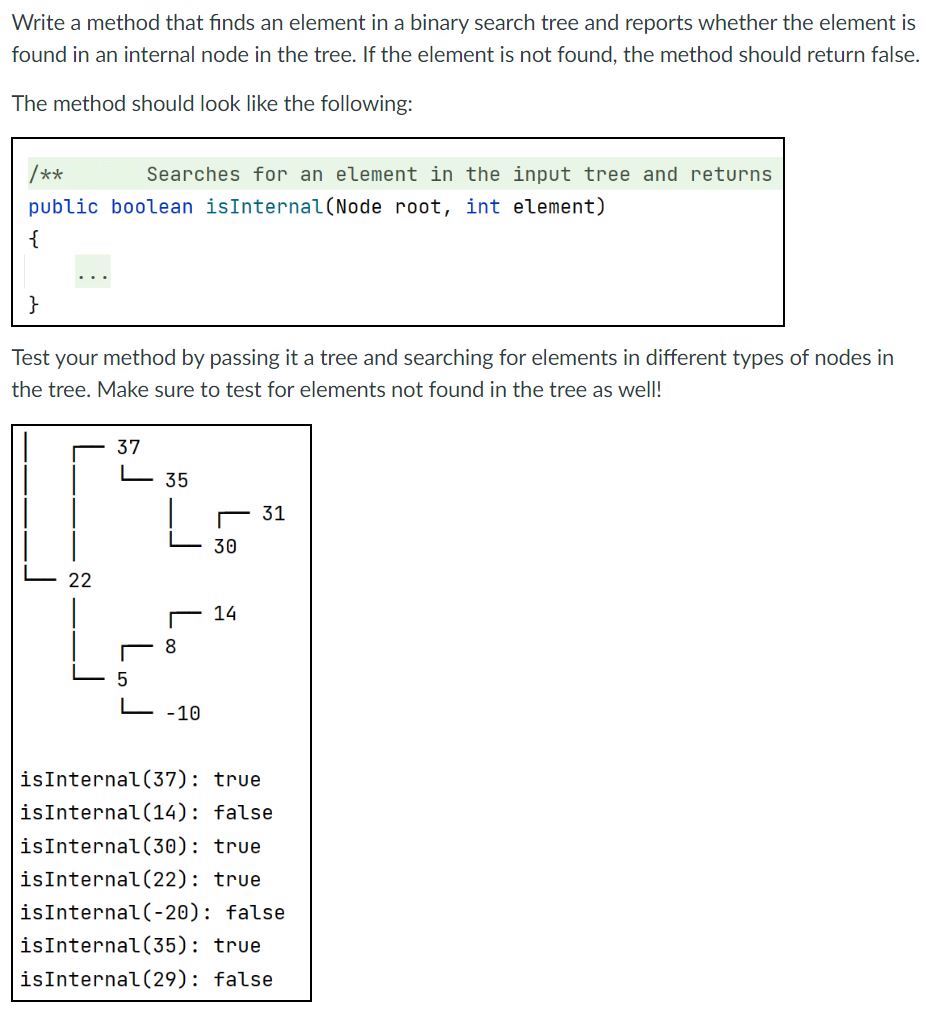
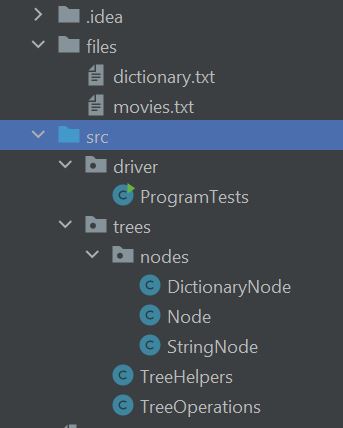
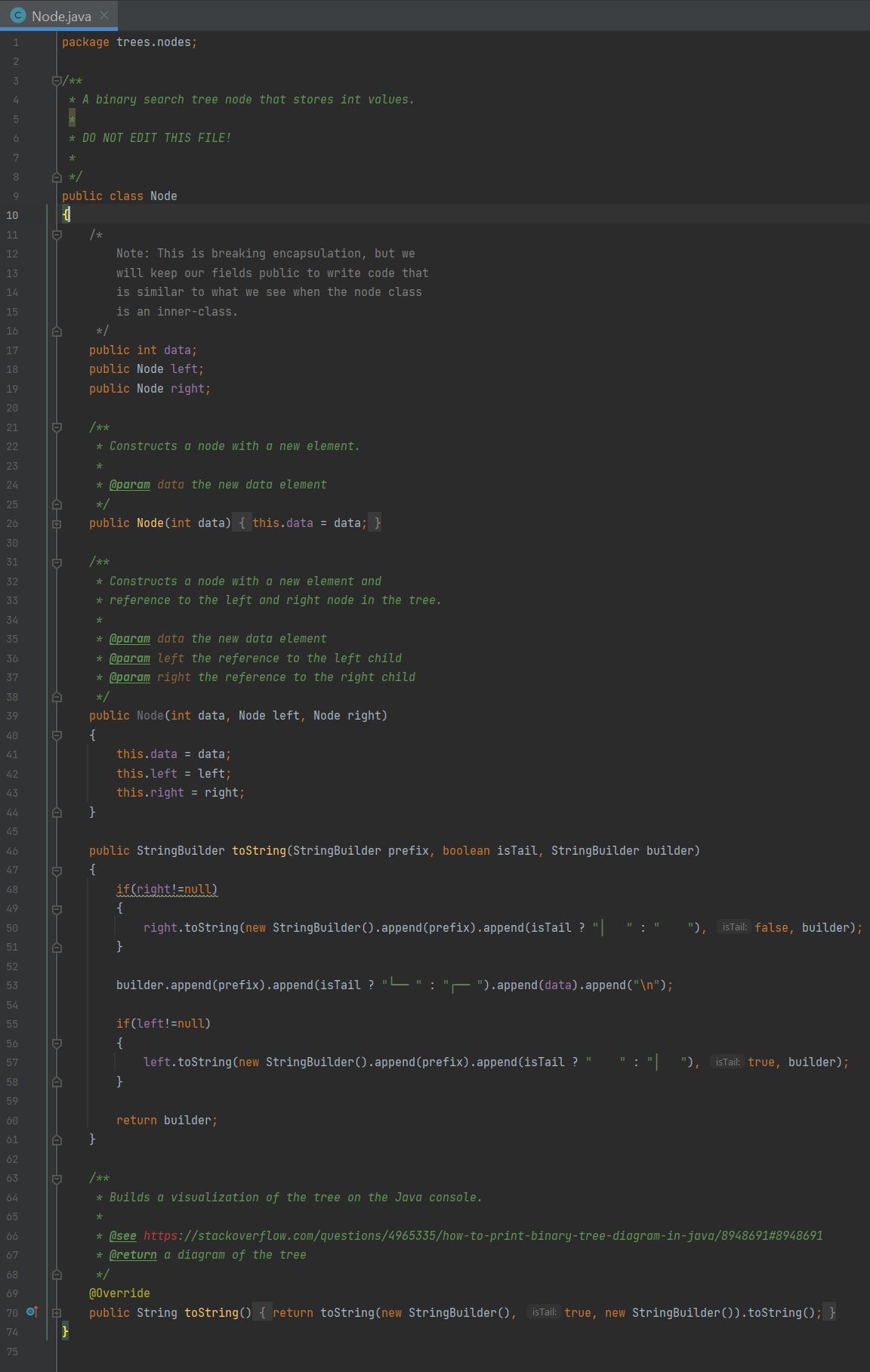
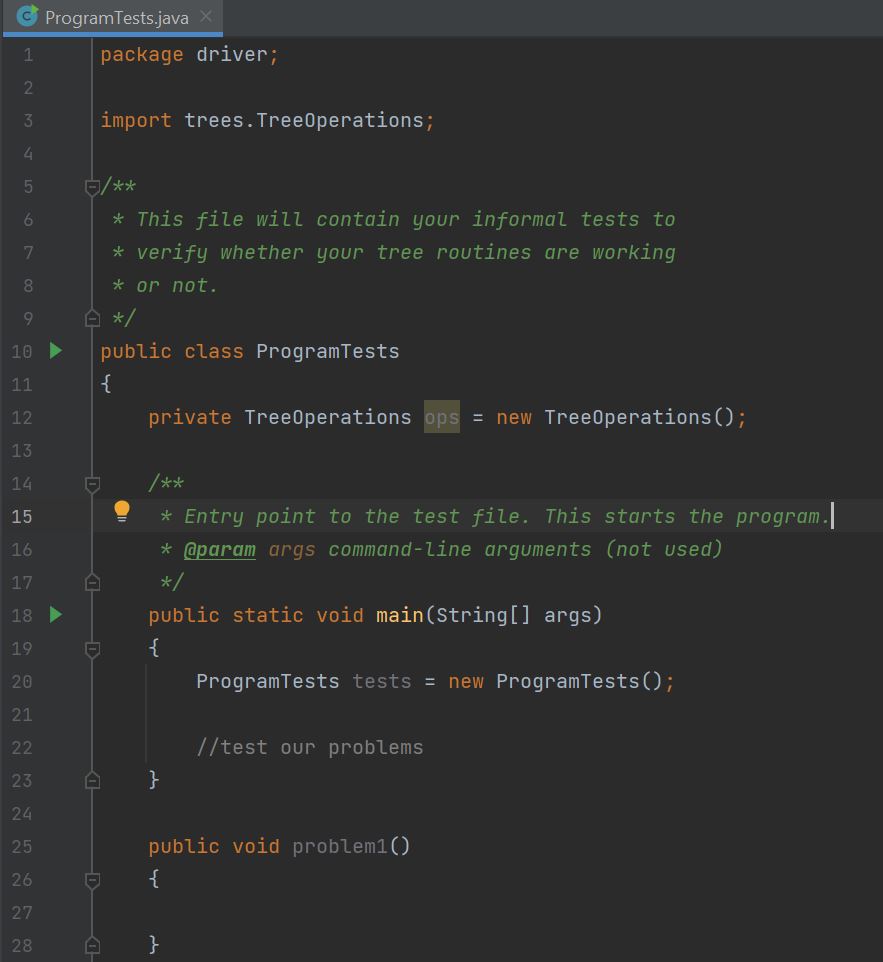
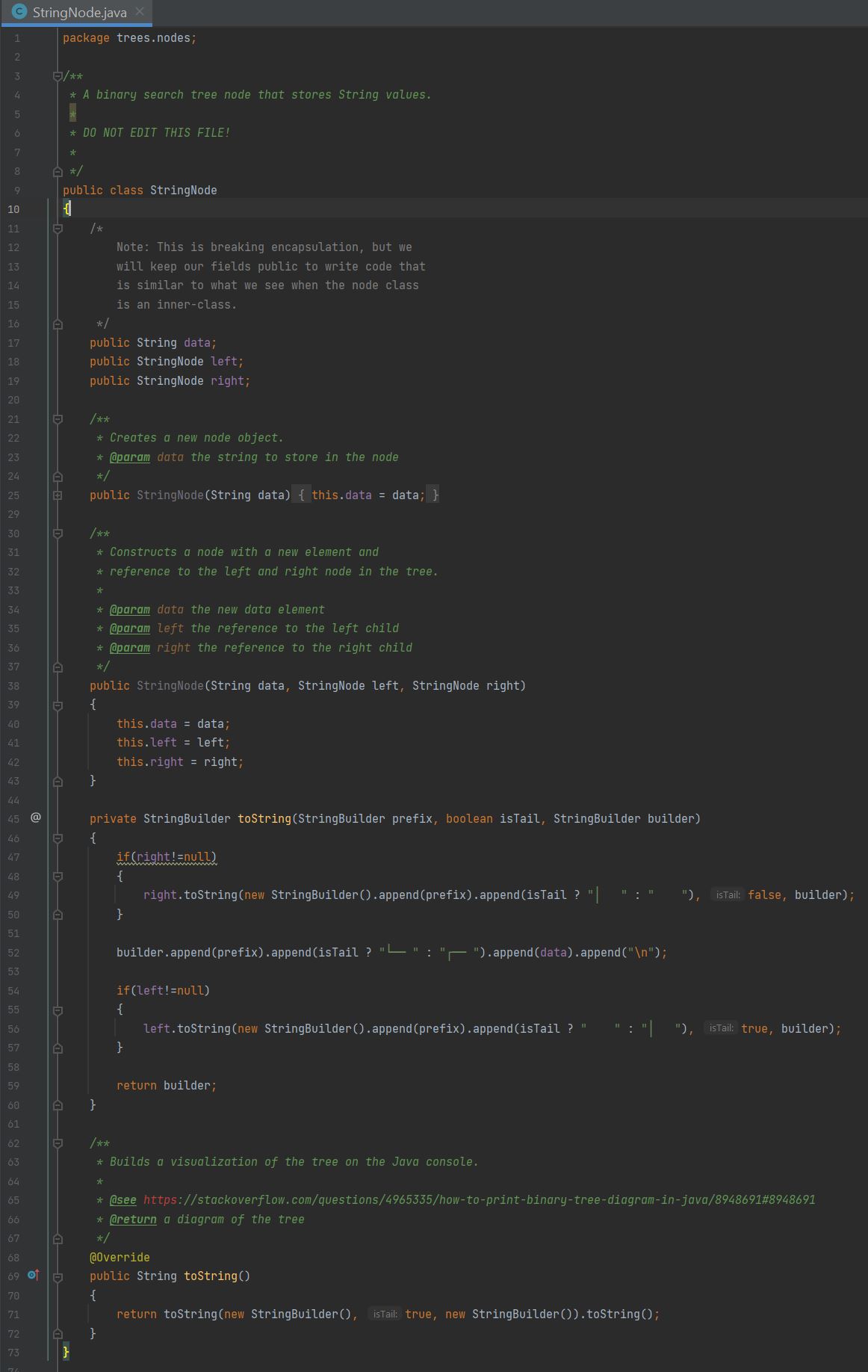
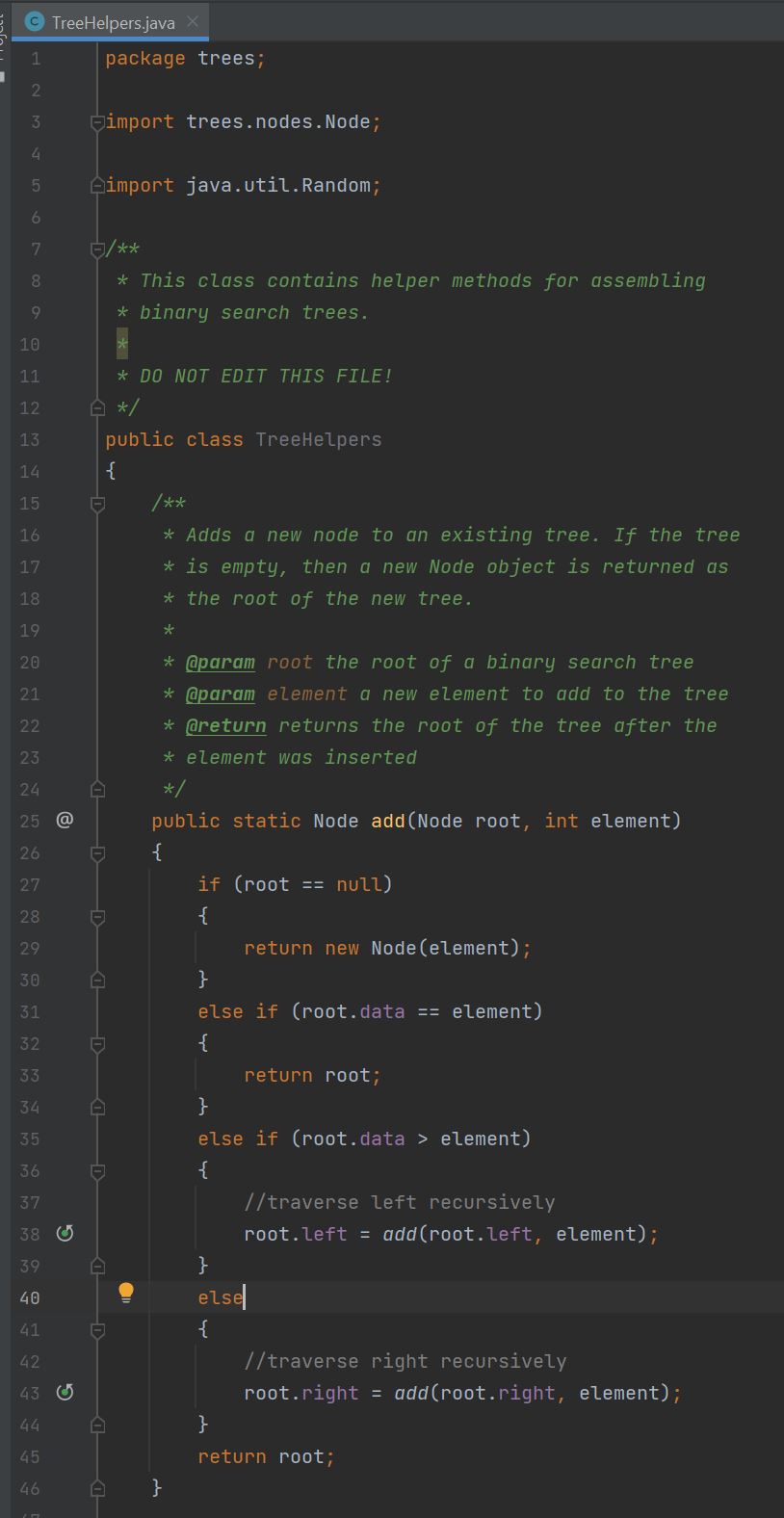
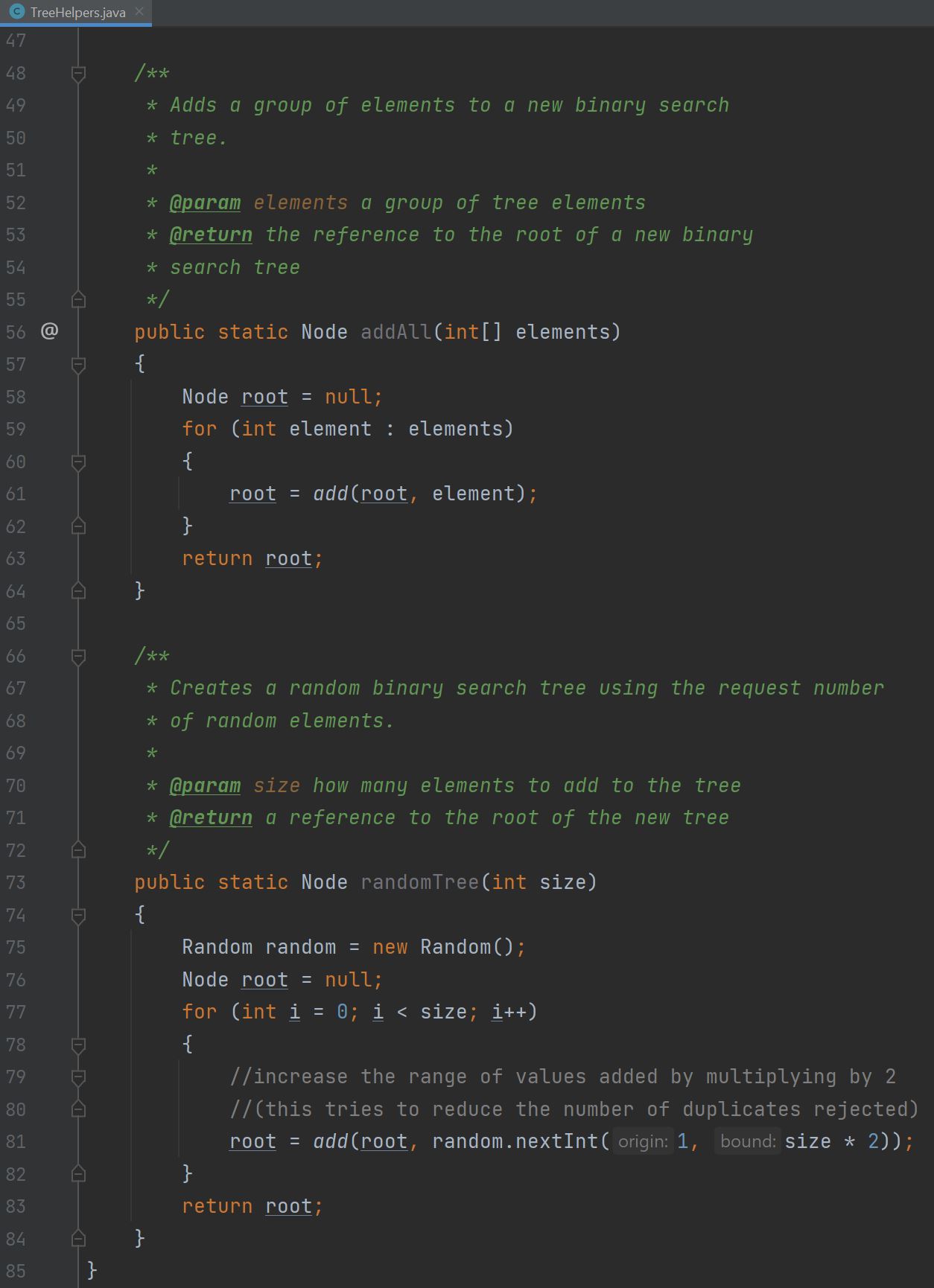
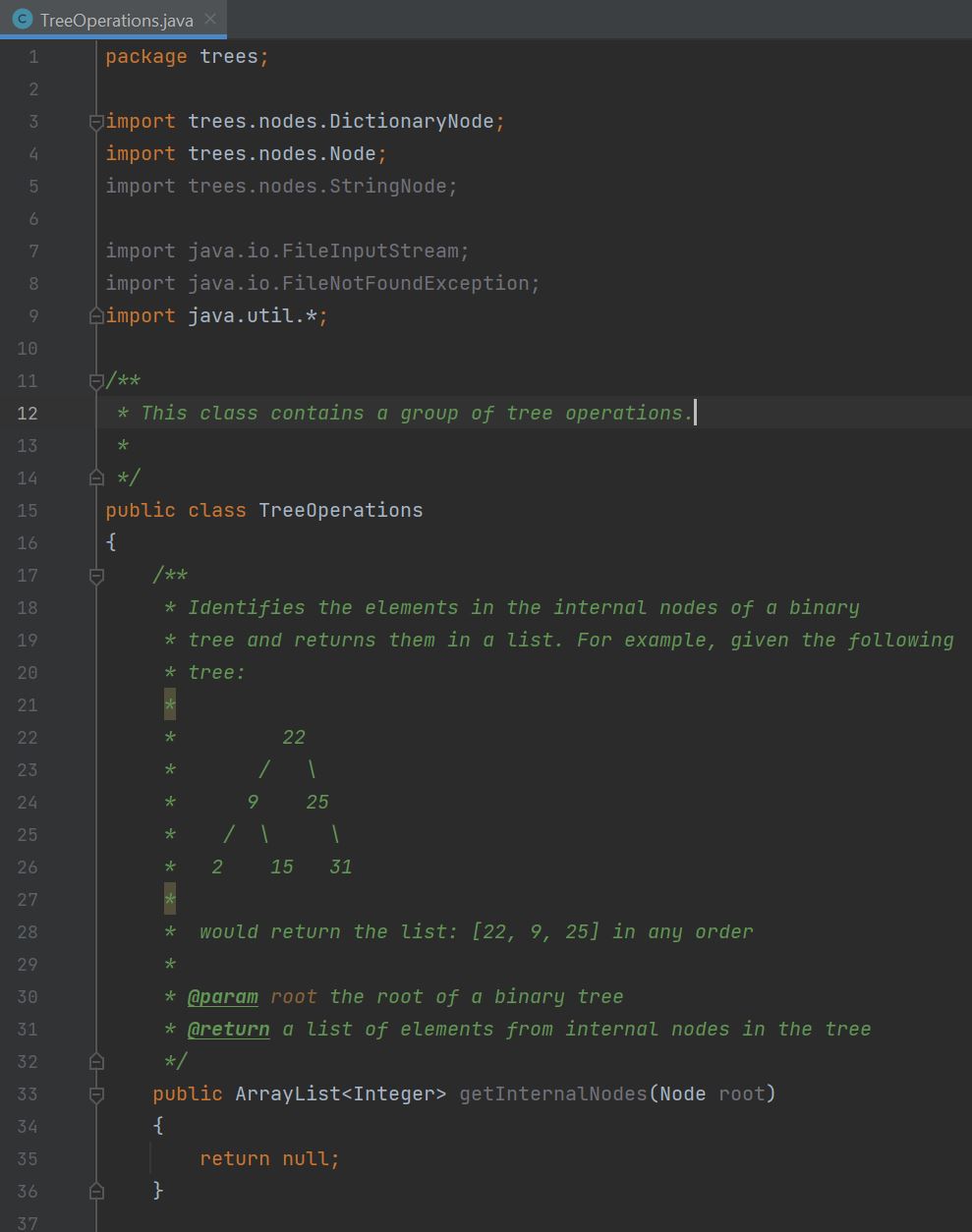
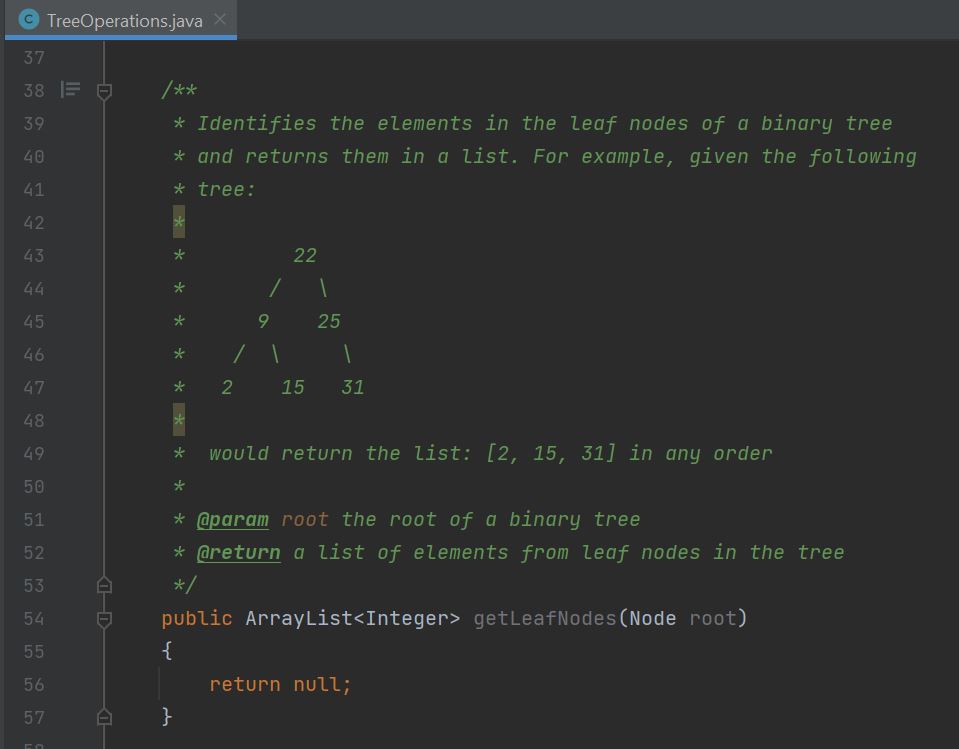
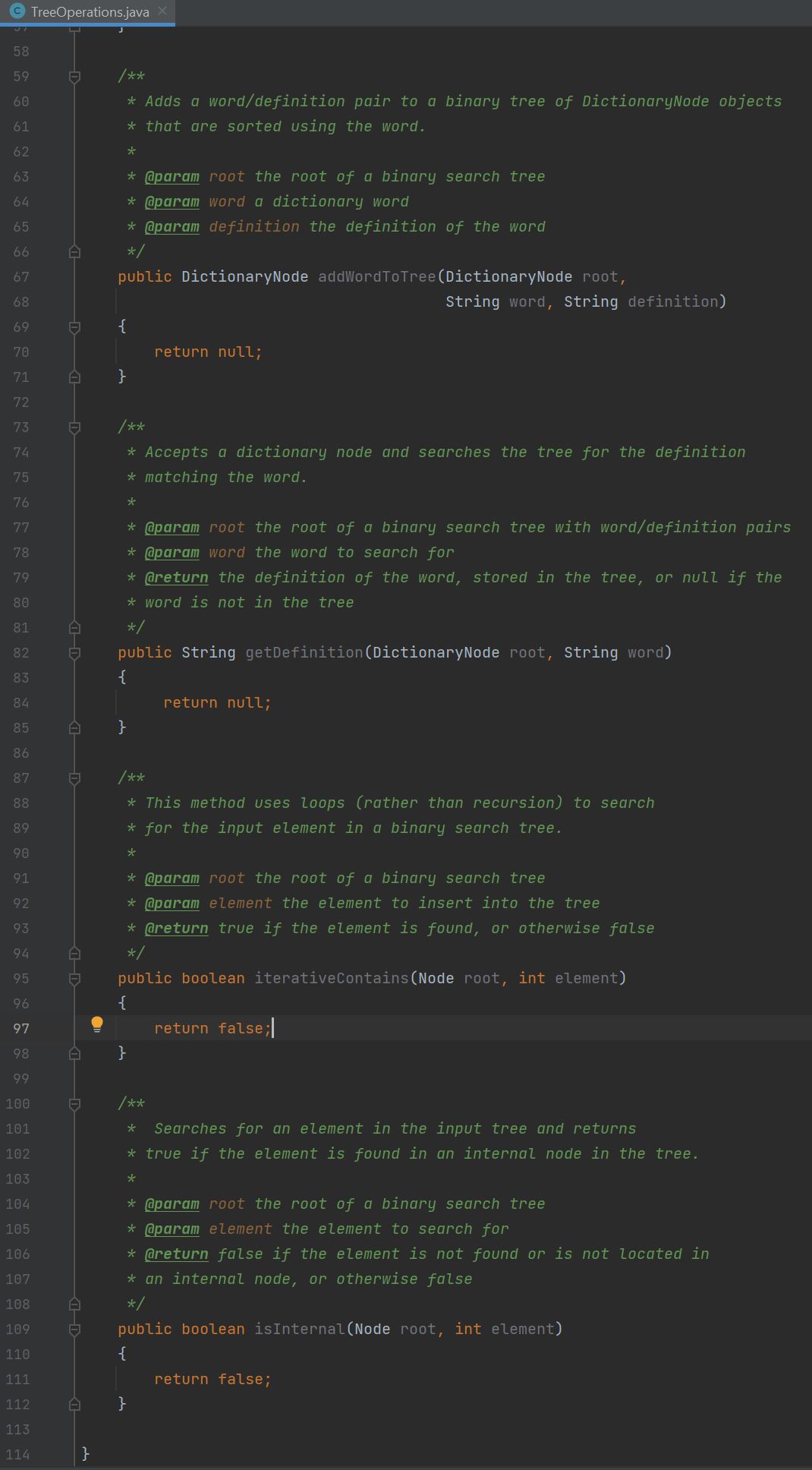
Step by Step Solution
There are 3 Steps involved in it
Step: 1

Get Instant Access to Expert-Tailored Solutions
See step-by-step solutions with expert insights and AI powered tools for academic success
Step: 2

Step: 3

Ace Your Homework with AI
Get the answers you need in no time with our AI-driven, step-by-step assistance
Get Started


